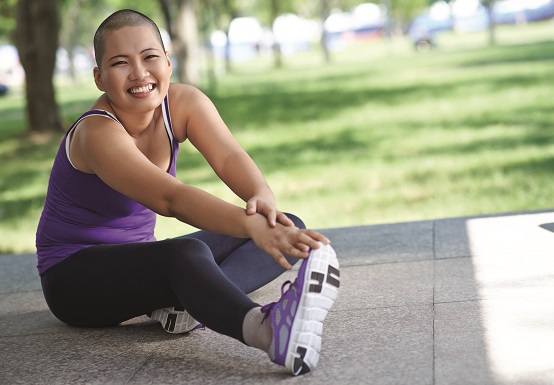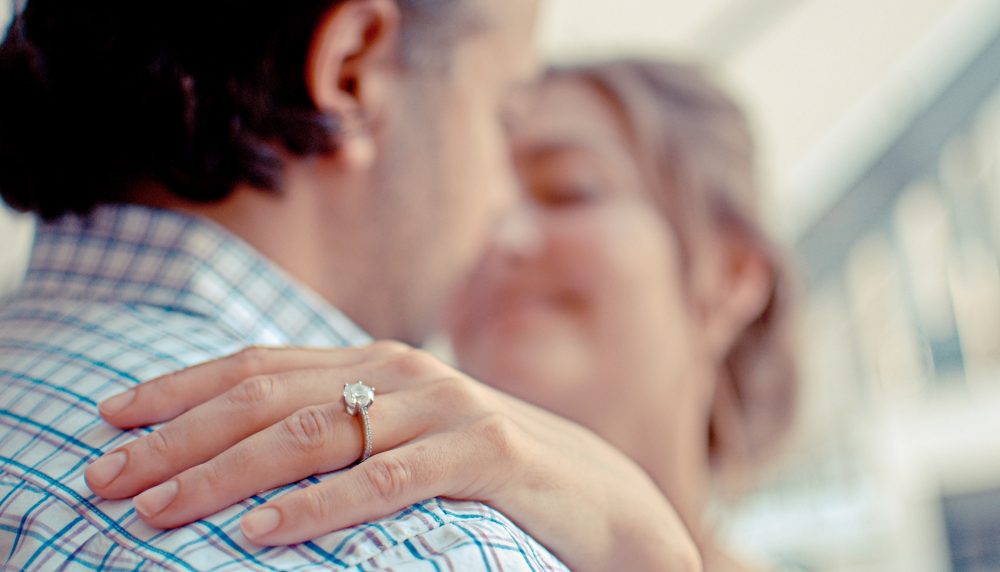Joint Pain and What You Can Do About It

Many people accept joint pain as part and parcel of ageing. Dr Ang Chia Liang, Orthopaedic Surgeon, Island Orthopaedic Consultants, explains why it occurs and what can be done to relieve it.
WHY JOINTS ARE VULNERABLE
Hip and knee joints are subjected to wear and tear over the course of years due to natural degeneration. Some people’s genetic makeup predisposes them to early degeneration. Furthermore, the joints are naturally more susceptible to injury than long bones, since joints are mobile structures.
Common joint problems include degeneration (also known as osteoarthritis), injuries, and inflammatory forms of arthritis such as gout or rheumatoid arthritis. Gout occurs due to high uric acid concentration in the blood and rheumatoid arthritis is linked to an auto-immune problem.
WHO IS AT RISK
Common risk factors for joint osteoarthritis include genetic make-up, obesity, smoking, and manual work. Sporting activities such as skiing and long-distance running also carry a risk of knee injuries. Conversely, a sedentary lifestyle also carries a risk of joint degeneration. Optimal joint health is achieved with a moderate level of activity.
Self-medicating may be appropriate if symptoms are mild and improve with medication. If you feel nauseous or have mild vomiting but can still retain fluids orally, drink small amounts at frequent intervals, for example, half a cup every 15 to 30 minutes.
WHAT CAN BE DONE
People can lower their risk of joint pain or relieve its severity by modifying their lifestyle habits – for example, by quitting smoking and avoiding high-risk sporting activities. Risks associated with job requirements are less easy to modify, short of a change of career, and of course genetic predisposition cannot be changed.
To lower your risk factors for joint pain, you should ideally engage in a moderate level of an activity suitable for your physical condition and age. Typically, a healthy person in their 30s to 40s can go jogging or cycling, whereas brisk walking would be a better choice for a healthy person in their 60s.
If you have sustained injuries to your joints, non-weight-bearing exercises such as swimming or static limb exercises may be recommended. Higher-risk sporting activities should only be undertaken with proper training and caution. In suitable patients, cartilage supplements such as glucosamine or collagen may help maintain joint health.
ADVANCES IN SURGERY
Knee and hip replacement surgical techniques were developed four to five decades ago. Not surprisingly, various advances over the years have resulted in much better outcomes. Here are some relatively recent improvements.
Smaller incisions are now possible with newer instruments that allow surgeons to implant the prosthesis through smaller cuts.
Multimodal pain management, an interdisciplinary and collaborative approach to managing pain, relieves post-operative pain in joint replacement patients, who are typically up on their feet and walking the day after surgery.
Material advances include development of the highly cross-linked polyethylene, which is the material used in the plastic piece inserted into the artificial joint. This ensures better longevity of the implants.
The use of infrared computer navigation or a robotic cutting arm has improved the accuracy of the implantation of the prosthesis.
OPTIMISTIC OUTLOOK
Knee replacement patients can expect a full recovery, regaining the ability to walk independently, in just one month. Full recovery may require three to four months.
The most striking benefit of hip and knee replacements is the removal of pain, which often allows the patient to resume their normal lifestyle almost immediately, while enjoying a vastly improved quality of life. This benefit is often maintained over decades, as most patients’ implants can last 20 years or more.
Some patients experience indirect benefits from knee replacement surgery. For example, sometimes patients who have had pain in both knees will find that surgery on one knee eliminates the pain in both sides. This is because the degenerated knee had been exerting more pressure on the other knee prior to surgery, thus causing pain. Replacement of the degenerated knee solves the problem in that knee and removes the extra pressure on the normal side at the same time.
If you are suffering from joint pain, non-surgical and surgical methods of treatment can make a dramatic positive difference. Your quality of life hinges on it.
Article contributed by Dr Ang Chia Liang, an accredited doctor from Mount Alvernia Hospital.
This article is taken from our MyAlvernia Magazine Issue #37. Click here to read the issue on our website or on Magzter.



